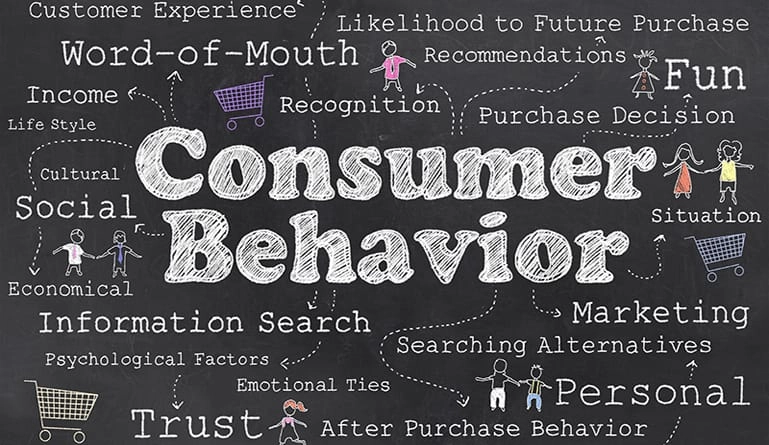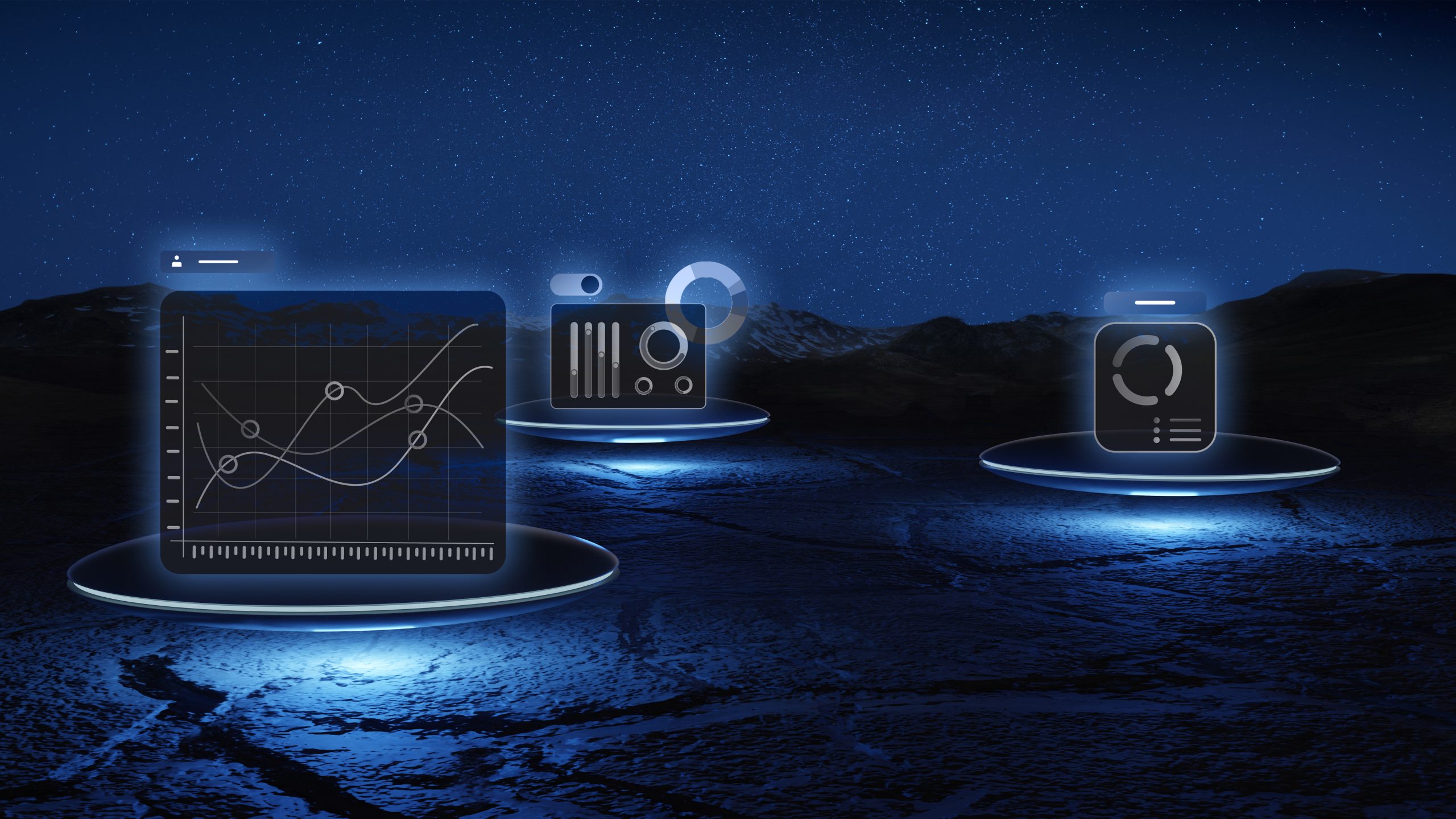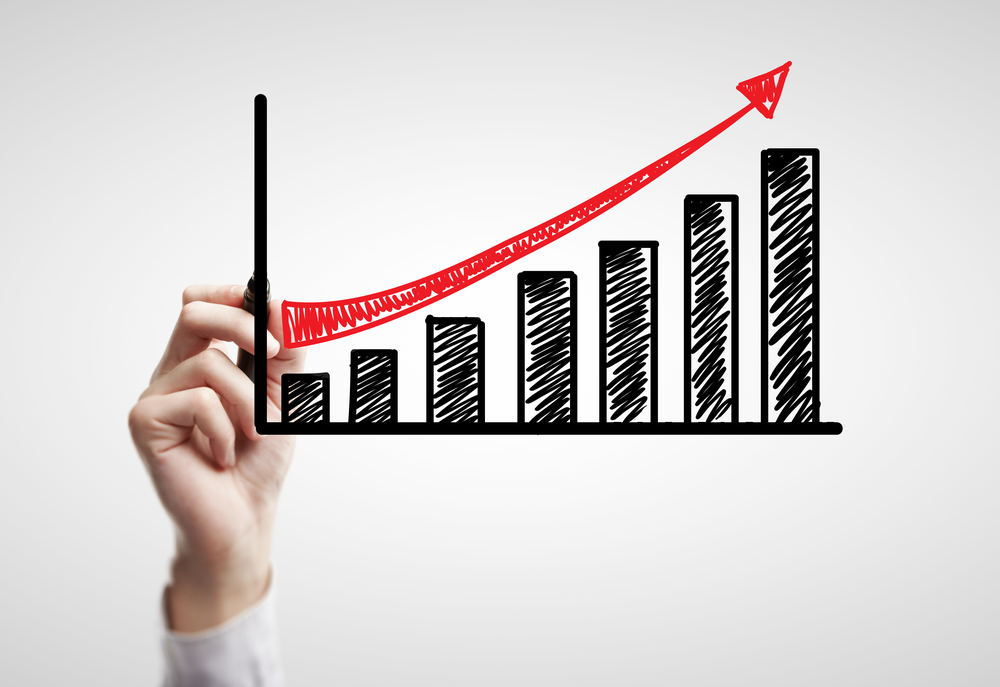In today’s hyper-connected world, understanding consumer behavior is no longer a luxury—it’s a strategic necessity. For businesses striving to stand out in competitive markets, effective marketing strategies must be deeply rooted in psychological insights about what drives people to make purchasing decisions.
The relationship between marketing and consumer behavior is a dynamic one. As technology evolves and cultural shifts reshape preferences, the way people search for, evaluate, and buy products constantly changes. So, how can brands keep up—and more importantly, stay ahead?
Let’s explore the psychology behind consumer behavior, the principles that influence decision-making, and how marketers can use this knowledge to create powerful, persuasive campaigns that convert and retain customers.
What is Consumer Behavior?
It takes into account psychological, emotional, social, and cultural factors that influence these choices.
This includes:
What people buy
Why they buy it
When and where they buy
How often they purchase
What influences their brand loyalty
Understanding this behavior helps marketers design strategies that speak directly to the buyer’s mindset, increasing both engagement and sales.
The Psychology Behind Consumer Decisions
Buying decisions aren’t always rational. In fact, most are driven by emotions, habits, social influence, and cognitive biases. Here are some core psychological principles that marketers use:
The Principle of Reciprocity
When consumers receive something of value—like a free sample, useful content, or a discount—they feel compelled to return the favor by making a purchase or subscribing.
Social Proof
People tend to do what others are doing. Reviews, testimonials, user-generated content, and influencer endorsements all increase credibility.
Scarcity and Urgency
Limited-time offers or low-stock warnings create fear of missing out (FOMO), encouraging quicker purchases.
Anchoring Effect
Displaying a high-priced product first can make subsequent options seem more affordable, nudging consumers toward a purchase.
The Buyer’s Journey: From Awareness to Action
Awareness – Realizing they have a need or problem.
Consideration – Researching possible solutions or products.
Post-Purchase Behavior – Reflecting on the decision, which influences brand loyalty.
Marketers must tailor content and messaging for each stage, addressing the pain points and desires at that moment in the journey.
Key Factors That Influence Consumer Behavior
A mix of internal and external factors shape how consumers behave. Let’s break it down:
Psychological Factors
Motivation: What drives a person to seek out a product (e.g., hunger, status, safety)?
Perception: How people interpret marketing messages and brand reputation.
Learning: Past experiences and information shape future buying habits.
Beliefs and Attitudes: Long-held views that influence trust in brands.
Personal Factors
Age & Life Stage
Income Level
Occupation
Lifestyle and Personality
Social Factors
Family influence
Peer groups
Cultural background
Social media trends
Economic Factors
Purchasing power
Product pricing
Market conditions
How Marketing Influences Consumer Behavior
Marketers use targeted strategies to trigger emotional responses, build trust, and guide buyers toward action. These include:
Emotional Branding: Connecting a brand with strong feelings like happiness, nostalgia, or excitement.
Content Marketing: Offering value and building authority through blogs, videos, guides, and more.
Personalization: Delivering tailored experiences based on user behavior or preferences.
Storytelling: Sharing narratives that resonate with consumers’ values and identities.
The Impact of Digital Media on Consumer Behavior
With the rise of the internet and smartphones, consumer behavior has shifted dramatically. Digital media has:
Shortened attention spans—marketers need to capture interest fast.
Made comparison shopping easier.
Given rise to online reviews and influencers who shape decisions.
Encouraged on-demand shopping and instant gratification.
To succeed, brands must optimize for mobile, speed, convenience, and trust.
Understanding Gen Z and Millennial Consumers
Modern marketers must especially understand the behaviors of Gen Z and Millennials, who:
Value authenticity and transparency.
Prefer brands that support social causes.
Are digitally native and influenced by content creators.
Expect personalized, fast, and seamless shopping experiences.
To engage these generations, marketers must meet them where they are—on social media, streaming platforms, and apps.
Case Studies: Brands Winning with Consumer Psychology
Apple
Apple uses minimalist design, emotional ads, and a sense of belonging to create a loyal fanbase. The brand isn’t just selling phones; it’s selling a lifestyle.
Coca-Cola
Their “Share a Coke” campaign was a masterclass in personalization and emotional connection—two powerful psychological levers.
Amazon
Amazon dominates by using data-driven personalization, quick delivery, and one-click purchasing to reduce friction.
Measuring Consumer Behavior in Marketing
Marketers use various tools to track and analyze behavior:
Google Analytics: Tracks user interactions with your website.
Heatmaps: Visualize where users click or hover most on a page.
Surveys and Feedback Forms: Direct insight into customer thoughts.
CRM and Email Data: Understand user preferences and retention trends.
Social Listening Tools: Monitor brand sentiment and industry trends.
By analyzing this data, brands can refine their marketing strategies to better meet customer needs.
Future Trends in Consumer Behavior & Marketing
Looking ahead, the intersection of technology and psychology will define the future of marketing. Key trends to watch include:
AI and Predictive Analytics: Understanding what a consumer wants before they ask.
Voice Search and Smart Devices: Changing how people discover products.
Augmented Reality (AR): Letting users “try before they buy.”
Hyper-Personalization: Messaging tailored to an individual’s mood, behavior, and context.
Sustainability and Ethics: Consumers are increasingly aligning with eco-conscious and value-driven brands.
Conclusion:
Winning the Heart and Mind of the Consumer
In the end, successful marketing isn’t about shouting the loudest—it’s about understanding your audience better than anyone else.
By combining psychological insights, data analytics, and digital tools, brands can craft campaigns that not only grab attention but also influence decisions and inspire loyalty.
Consumer behavior may evolve, but one truth remains: people don’t just buy products—they buy experiences, solutions, and stories. When marketing speaks to those desires, brands thrive.
Are you ready to use the power of consumer behavior to grow your brand smarter and faster?












Leave a Reply